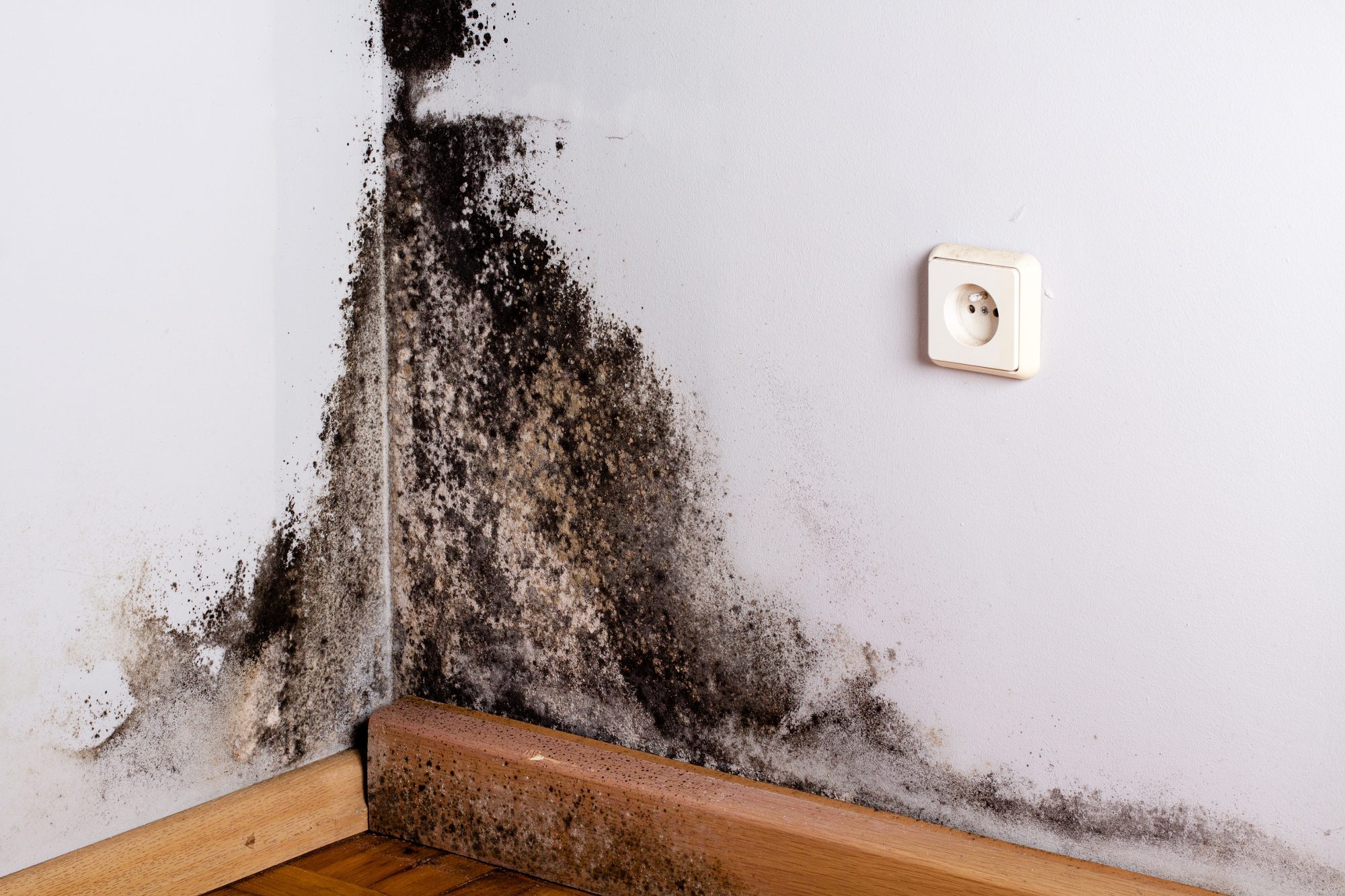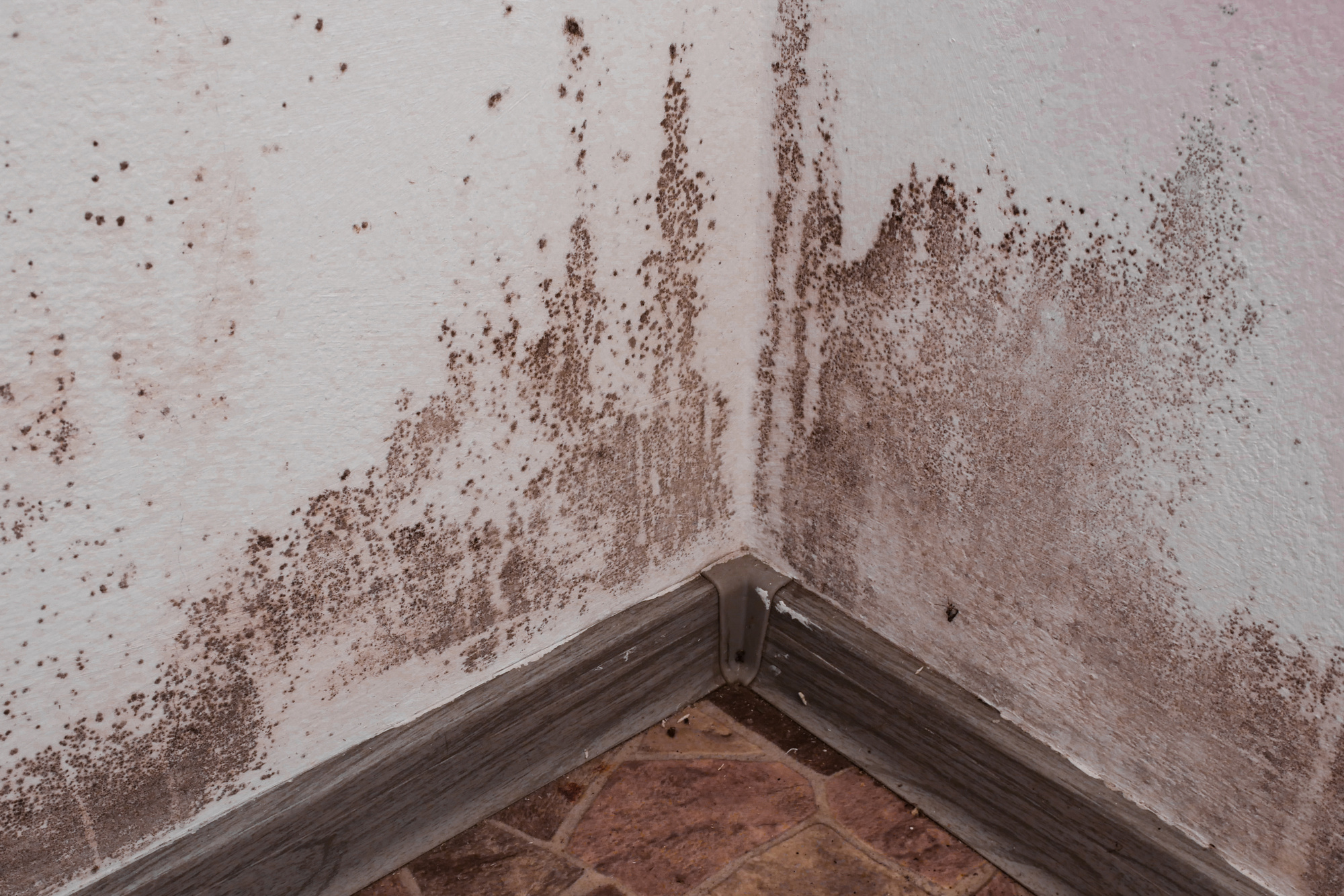Table Of Content

The first signs may be subtle bubbling, warping, or wrinkling of the paint or wallpaper. Over time, this can become more pronounced, leading to evident peeling or lifting as moisture becomes trapped between the wall and its exterior surface. While mold is not the only reason for wallpaper separating from the wall, if the area also feels damp then mold is the likely culprit. It may be worth peeling back the wallpaper or scraping away paint in one of the affected areas to check for visible mold growth on the surface of the wall. It isn’t advisable to paint over mold, as the growth is likely to continue to reappear over time. Mold often lurks in hidden areas, making detection more challenging.
Other Ways on How to Test Mold in Your Walls, Basement & Indoor Air
Preventing mold from infesting your home is the best strategy for maintaining a healthy living environment. While mold spores exist naturally in the air we breathe, they become a problem only when they find the right conditions to multiply and grow. Mold emits a distinct, musty odor, similar to damp clothes or rotting wood. Therefore, if you detect a persistent, unexplained, musty odor, it's a strong indication that mold is present. Remember, this test is crucial, especially for mold that's hidden and not visible to the naked eye. Detecting mold in your home doesn't always require professional help.
Removing Mold Growth Using Steam Vapor Treatment
Mold inspection and testing in Southwest Florida, an inside look at the process - Wink News
Mold inspection and testing in Southwest Florida, an inside look at the process.
Posted: Tue, 31 Jan 2023 08:00:00 GMT [source]
For instance, it can thrive behind walls, under carpets, within HVAC systems, and above ceiling tiles. Wall cavities provide a dark, secluded space for mold growth, especially if dampened by a leak or condensation. Moisture under carpets can also facilitate mold proliferation, unseen and unnoticed. HVAC systems, if not properly maintained, can accumulate condensation and become a breeding ground for mold.
A Brief Guide to Mold, Moisture and Your Home
Condensation can occur when warm, moist air comes into contact with a cool surface. Plumbing and water leaks can cause mold growth if not fixed promptly. Proper ventilation and insulation can help prevent mold growth in your attic. Although some types of mold pose greater health risks than others, all mold problems should be addressed. That also includes getting to the root of the moisture problem to ensure mold doesn’t make a return.
Regular home maintenance is essential to thwart mold-prone situations. A routine check of your home's structure and systems can help detect and fix leaks or condensation issues promptly, preventing conditions conducive to mold growth. Utilizing products like dehumidifiers and moisture absorbers can help maintain optimal humidity levels, especially in damp areas like basements or bathrooms. Dehumidifiers are effective in absorbing excess moisture, keeping your spaces dry and mold-free. Also, consider moisture-resistant building materials for high-moisture areas. Ultimately, consistency in maintenance checks and prompt repairs are your best defense against mold.
This is the same testing lab we use in our professional mold inspections. Once you’ve collected the samples, you can send them to a laboratory for analysis. The results will provide information about the types and concentrations of mold in your home. While mold is not always harmful, some types can produce mycotoxins, harming your health. Exposure to mycotoxins can cause various symptoms, including respiratory problems, headaches, and fatigue.
So, any place with a moisture content (MC) over 20% is an area mold might grow. To use this kit, simply swab the area, wet it in the solution in the syringe, and apply to the test strip. In NY and NJ areas, we are a highly qualified air duct&dryer vent cleaning company with a proven track record.

Actions that will help to reduce humidity
Look for water stains, condensation, and damp spots - these are prime locations for mold. Remember, mold can vary in color and texture, so don't overlook any potential signs. It's important to differentiate between mold and mildew, two fungi often mistaken for each other. It grows on the surface of moist areas, making it easier to clean compared to mold. On the other hand, mold is often darker (green or black) and can penetrate beneath the surface of infested materials, making it more challenging to eliminate.
The 3 Best At-Home Mold Tests of 2024, But Consult a Professional First
Mold can come in a variety of shapes and sizes, but most often it grows in cottony, velvety, or feathery tufts. 'Items that use water are also at the top of the list for places for mold growth. The constant source of moisture creates perfect conditions for contaminants to move in. That’s why items like laundry machines, showerheads, and coffee makers should be kept as clean and dry as possible,' explains toxic mold expert, Michael Rubino. These rapid tests often confirm or deny that mold growth does exist in an area of your home. If you know there is mold in your home, there is no need to confirm it this way, though.
Mold requires moisture to grow, which is why it’s most commonly found in damp, humid areas. Plumbing leaks, for example, often trigger mold growth and need to be repaired as soon as they are discovered. If there is visible mold anywhere in the home, it won’t be necessary to test for mold before cleaning it or hiring one of the best mold removal companies. According to Peissinger, “Mold testing is not necessary in the vast majority of cases.
It is only when we are inside a confined area that their unique smell hits. If left unchecked, the mold will continue to grow, and long term exposure can cause significant breathing issues. Michael is a council-certified Mold Remediator by IICRC and ACAC and a contributing member, sponsor, and speaker for the Indoor Air Quality Association. If you're eager for more information as you await your appointment, that's when you might consider a testing kit.
If you are experiencing mold allergy symptoms and notice that your asthma attacks are getting worse, mold spores floating in the air might be the cause. Smelling something musty and damp is another definite sign of mold infestation in your home. This article aims to guide you on how to test your house for mold including your indoor air, walls, and basement properly and effectively. To check for mold behind walls, look for signs like musty odors, visible mold, or water stains or damage, and consider using a moisture meter to detect high moisture levels. For a more thorough examination, hire a professional mold inspector who can use specialized tools like infrared cameras or borescopes to detect hidden mold.
You can test for mold spores in the air by using an indoor air sampling kit that includes an air pump for sample collection. After that, you can mail the samples to a certified laboratory for analysis. However, take note that mold testing kits can be inaccurate which makes hiring a professional a better option when testing for mold spores in the air. Mold testing kits can detect the presence of mold in your home or any other environment. They work by sampling the air or surfaces for mold spores or measuring the moisture levels, indicating mold growth.
Not to mention, all test results, no matter how they are received, can be inaccurate. Homes aren't totally sterile environments, and at-home tests leave a lot of room for error. In addition, all safety precautions should be taken when collecting samples. Bringing in a professional is the safest way to identify and remove mold in your home. Taking the necessary steps to prevent mold in your space is key, too. A professional will help you create a plan, which usually includes minimizing moisture.
Aside from visible mold spores, looking for leaks and other sources of moisture is another way to test your home for mold. Using mold testing kits for small infestations and professional testing for severe ones are the most effective ways. Another way to detect mold in your home is to look for signs of water damage. Mold thrives in moist environments, so if you have had a leak or flood in your home, it’s important to check for mold growth. Look for water stains, peeling paint or wallpaper, or warped wood.
Breathing in the toxic spores can cause respiratory issues, triggering eye and throat irritation, headaches, rashes and other allergy-like symptoms. Long-term exposure can cause chronic issues that interrupt your way of life. Molds can also cause asthma attacks in people with asthma who are allergic to mold. In addition, mold exposure can irritate the eyes, skin, nose, throat, and lungs of both mold-allergic and non-allergic people. Symptoms other than the allergic and irritant types are not commonly reported as a result of inhaling mold. The $45 price of the kit includes the lab fees to test for all mold types, not just two or three.

No comments:
Post a Comment